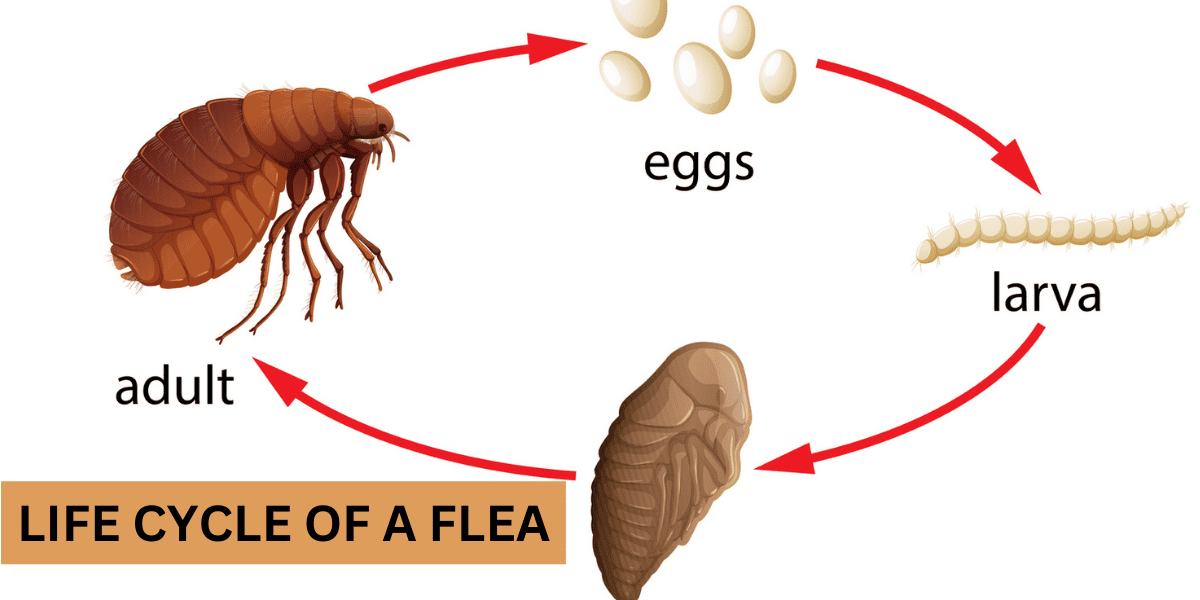Unraveling the intricacies of the natural world often requires us to zoom in on the smallest of creatures. Such is the case with fleas, tiny parasites that pose a significant threat to our pets and sometimes even to us. This article aims to delve into the biological journey of these insects, exploring the fascinating yet potentially troublesome life cycle of a flea.
We will navigate through the various stages of their development, understand their reproduction habits, and learn about the typical lifespan of a flea. Furthermore, this piece will provide insights into how knowledge of a flea’s life cycle can help in effective pest control, ensuring that our homes and pets remain flea-free.
POINTS
- Flea life cycle stages: Understanding the four stages of a flea’s life cycle (egg, larval, pupal, and adult) is crucial for effective pest control and prevention.
- Rapid reproduction: Adult female fleas can lay up to 50 eggs per day, leading to quick infestations if left uncontrolled.
- Lifespan variations: Flea lifespans can differ significantly between indoor and outdoor environments, with indoor fleas generally having longer lifespans due to more stable conditions.
- Breaking the flea cycle: Stopping the flea life cycle requires a combination of targeted treatments and consistent efforts, which can take a few weeks to several months depending on the infestation severity and control measures.
- Prevention strategies: Regular grooming, pet treatments, home cleaning, and environmental control measures are key in preventing and controlling flea infestations in homes and on pets.
What are the Four Stages of a Flea Life Cycle?
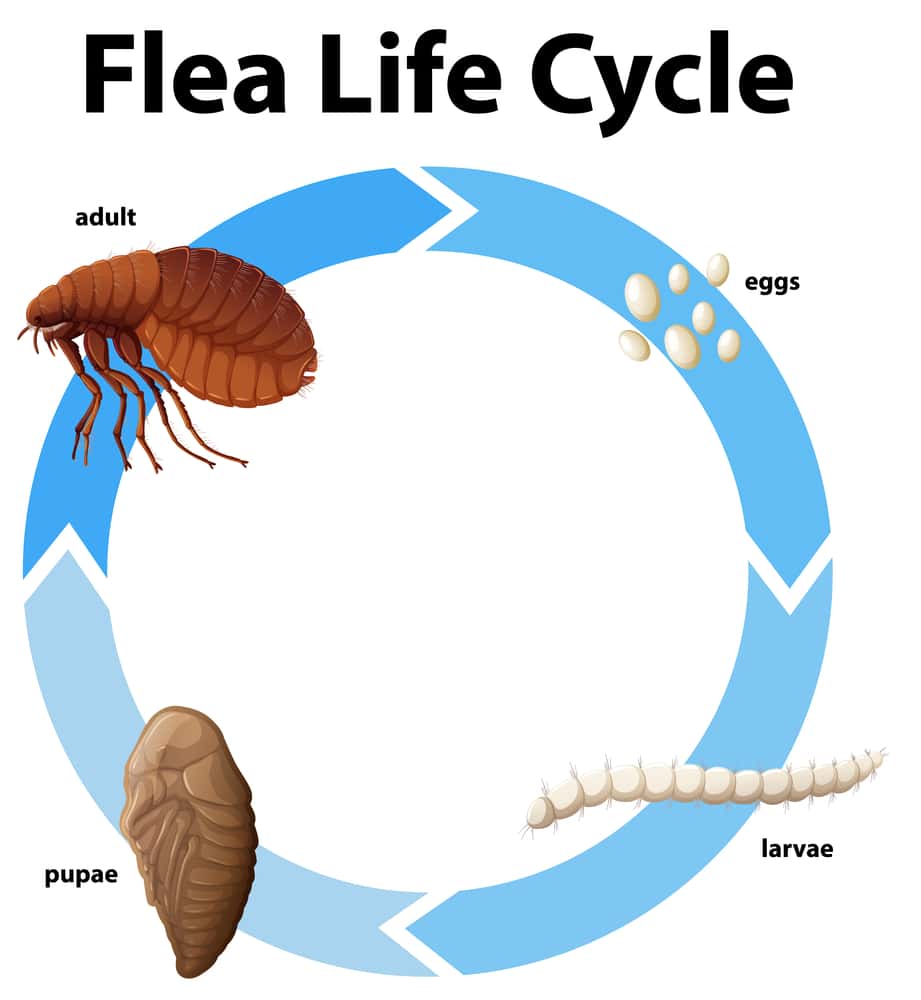
Understanding the flea life cycle is crucial for effective flea management and prevention. Below is a table that summarizes the four main stages of a flea’s life cycle, providing essential information on each stage’s key characteristics and duration to offer a quick reference guide.
| Stage | Key Characteristics | Duration |
|---|---|---|
| Egg | Laid on host but fall off into the environment; not sticky | 2 to 14 days |
| Larval | Feeds on organic debris and adult flea feces; undergoes three growth phases (instars) | 5 to 18 days |
| Pupal | Spins a silk-like cocoon and undergoes metamorphosis | Days to several months |
| Adult | Feeds on blood, can jump between hosts; starts the reproduction cycle | 12 days to several months |
What is the first stage of a flea’s life cycle?
The first stage of a flea’s life cycle is the egg stage. Adult female fleas lay eggs on the host, usually a pet, which then fall off and are distributed throughout the environment.
What is the second stage of a flea’s life cycle?
The second stage of a flea’s life cycle is the larval stage. Once the eggs have fallen into the environment, they hatch into larvae, tiny worm-like creatures that feed on organic material, including adult flea feces.
What is the third stage of a flea’s life cycle?
The third stage of a flea’s life cycle is the pupal stage. The larvae develop into pupae, which create silk-like cocoons and undergo metamorphosis, transforming them into adult fleas.
What is the fourth stage of a flea’s life cycle?
The fourth and final stage of a flea’s life cycle is the adult stage. The newly emerged adult fleas look for a host, feed on their blood, and begin the cycle all over again by laying eggs.
The Egg Stage: Beginning of the Flea Life Cycle
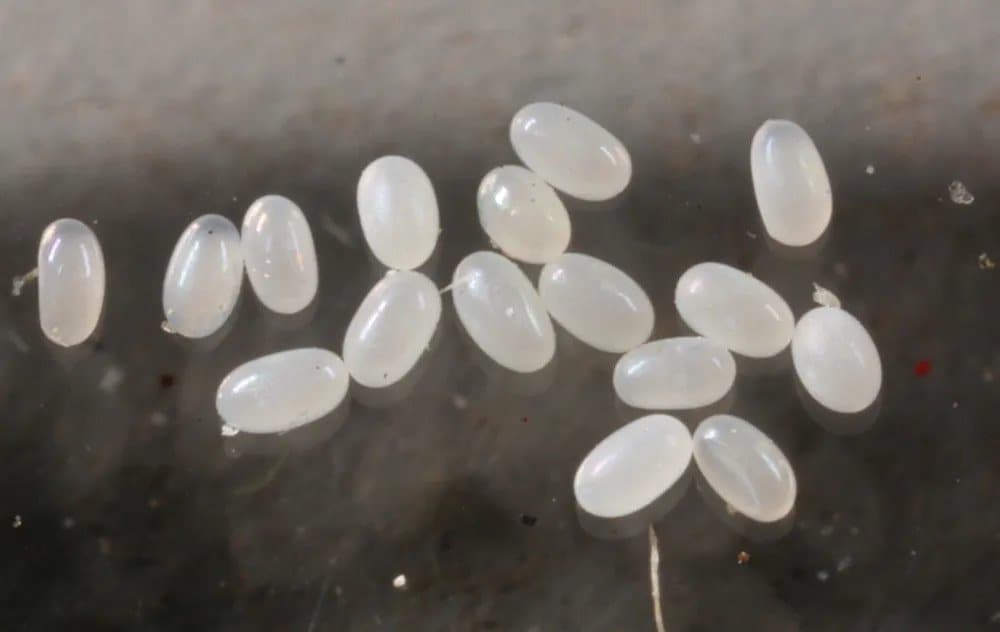
The egg stage is the beginning of a flea’s life cycle, and understanding the specifics of this stage can help in targeting flea infestations more effectively.
| Aspect | Detail |
|---|---|
| Number of Eggs Laid/Day | Up to 50 eggs per adult female flea, depending on environmental conditions |
| Hatching Time | 2 to 14 days, influenced by temperature, humidity, and availability of suitable food sources |
| Factors Affecting Hatching | Temperature, humidity, and presence of food sources for larvae upon hatching |
How do fleas lay eggs?
Adult female fleas lay eggs directly onto their host, typically a pet, such as a dog or cat. The eggs are not sticky and will fall off the host as the pet moves around, distributing the eggs throughout the environment, such as carpets, bedding, and furniture.
How many eggs do fleas typically lay a day?
An adult female flea can lay up to 50 eggs per day, depending on environmental conditions and availability of food sources. This means that a single flea can produce hundreds or even thousands of eggs within a short period, leading to rapid infestations if left unchecked.
How long does it take for flea eggs to hatch?
Flea eggs generally hatch within 2 to 14 days, with factors such as temperature, humidity, and the presence of suitable food sources playing a role in the duration of this process. This quick hatching period is a contributing factor in the speedy growth of flea populations.
The Larval Stage: Growing into an Adult Flea
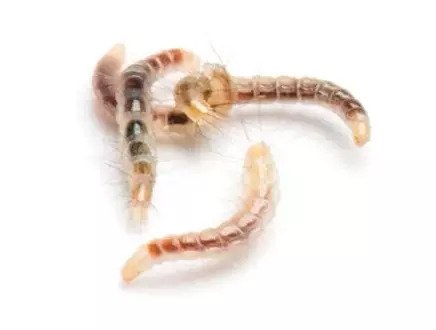
The larval stage is a critical period in the development of a flea, where it grows and prepares for its transformation into an adult.
| Aspect | Detail |
|---|---|
| Duration | 5 to 18 days, depending on environmental conditions such as temperature and humidity |
| Diet | Consists of organic material like dead skin cells, hair, and adult flea feces |
| Development | Involves three instars (growth phases), with larvae molting and shedding their exoskeleton at each stage |
What happens in the larval stage of a flea’s life cycle?
During the larval stage, the hatched flea larvae feed on organic material found in the environment, such as dead skin cells, hair, and feces from adult fleas. They are sensitive to light and will often hide in dark, protected areas, such as carpet fibers, crevices, and pet bedding. Flea larvae go through three instars, or growth stages, as they develop, molting and shedding their exoskeleton with each stage.
How long does it take for flea larvae to become adults?
The duration of the larval stage can vary, depending on factors such as temperature, humidity, and food availability. On average, it takes flea larvae between 5 to 18 days to reach the pupal stage, which is the next phase in their life cycle.
The Pupal Stage: Preparing to Emerge
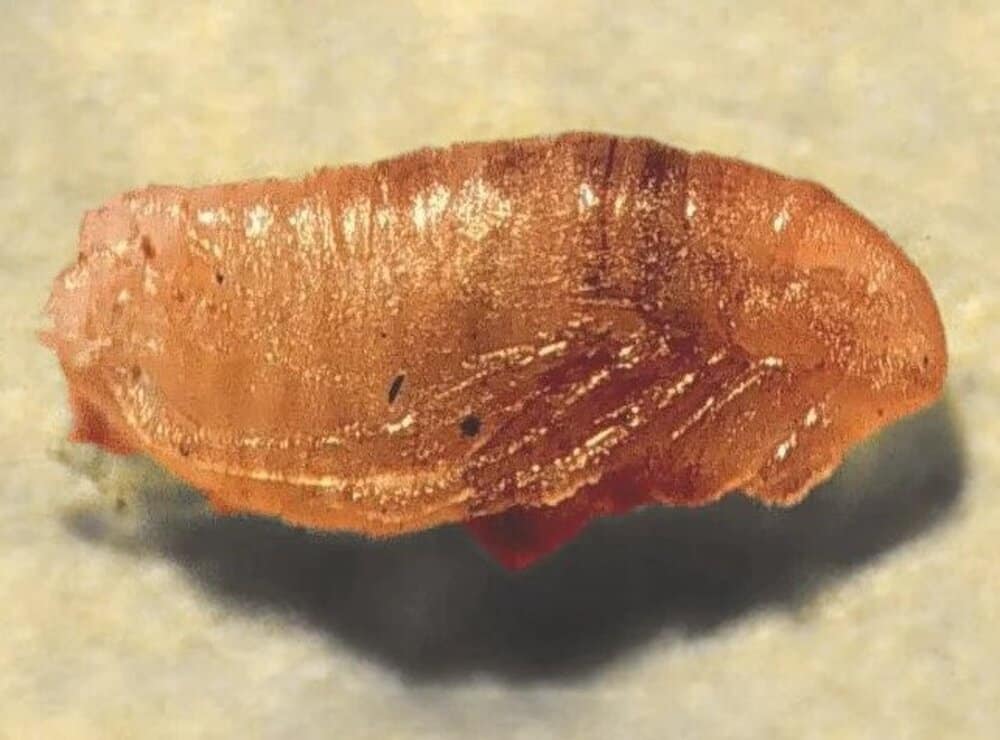
The pupal stage represents a transformative period in the flea life cycle, where the larva becomes an adult flea.
| Aspect | Detail |
|---|---|
| Duration | Can vary from a few days to several weeks or even months, influenced by temperature and humidity |
| Environmental Influence | Temperature, humidity, and the presence of a suitable host can trigger the emergence of the adult flea |
| Cocoon Characteristics | The cocoon provides a protective environment, resistant to many pesticides and facilitating development |
What occurs during the pupal stage of a flea’s life cycle?
The pupal stage is crucial for a flea’s metamorphosis. The larva spins a silk-like cocoon in which it wraps itself, transforming into a pupa. While inside the cocoon, the pupa undergoes significant changes, developing into a fully formed adult flea. The cocoon also provides a protective environment for the developing flea as it is resistant to many common pesticides.
How long does this pupal stage typically last?
The pupal stage duration can vary, ranging from a few days to several weeks or even months, depending on the environmental conditions. Factors such as temperature and humidity can affect the speed of development, while the presence of a suitable host can trigger the adult flea to emerge sooner. Fleas can also remain dormant inside their pupal cocoons for extended periods if a host is not readily available.
The Adult Stage: Fleas Fully Grown
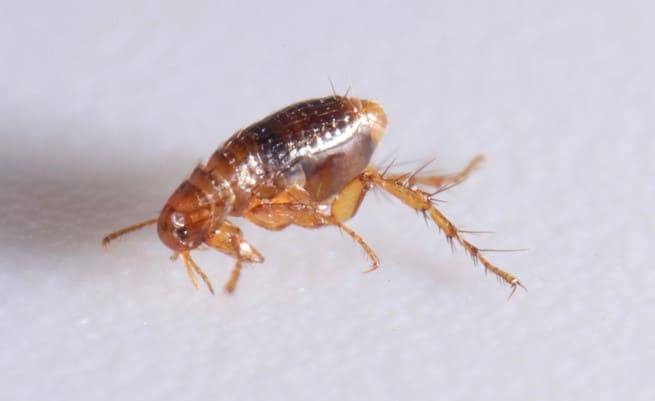
The adult stage marks the final phase of a flea’s life cycle, during which it becomes a fully developed insect capable of feeding and reproducing.
| Aspect | Detail |
|---|---|
| Physical Traits | Small, wingless insects with flattened bodies; powerful hind legs for jumping |
| Feeding | Require blood meals to survive and reproduce; can consume up to 15 times their body weight in blood |
| Reproduction | Mating occurs on the host; females lay eggs after feeding, beginning the cycle anew |
| Lifespan | Can live from 12 days to several months, depending on environmental conditions and food availability |
What characteristics define an adult flea?
Adult fleas are small, wingless insects with flattened, reddish-brown bodies. They have powerful hind legs adapted for jumping, allowing them to easily move between hosts and their environment. Adult fleas possess specially adapted mouthparts, which enable them to pierce the skin of their host and consume blood, which serves as their primary food source.
How do adult fleas feed and reproduce?
Adult fleas require blood meals from their host to survive and reproduce. Male and female fleas mate on the host after feeding, following which, the fertilized females lay eggs. A single female flea can consume up to 15 times her body weight in blood daily, highlighting the significance of effective flea control measures in preventing infestations.
The Lifespan of a Flea
What is the average lifespan of a flea?
The average lifespan of a flea depends on its life stage and environmental conditions. Adult fleas, if they have a constant food source, can live anywhere from 12 days to several months. Pupae can remain dormant in their cocoons for several months, waiting for a suitable host. Larvae can survive for up to a month, and flea eggs can remain viable for weeks.
Does the lifespan of a flea differ between indoors and outdoors?
Yes, the lifespan of a flea is significantly influenced by its living conditions, with distinct differences observed between indoor and outdoor environments. Here are the key points that highlight how these environments affect flea lifespans:
- Indoor environments, characterized by stable temperatures and humidity levels, create favorable conditions that can extend a flea’s lifespan due to optimal conditions for survival and reproduction.
- In contrast, outdoor environments expose fleas to variable weather conditions and predators, factors that can significantly shorten their lifespan by creating less stable and more hazardous living conditions.
Flea Reproduction: Speed and Volume
How fast do fleas reproduce?
Fleas reproduce at an alarming rate. A single adult female flea can lay up to 50 eggs per day, which can quickly lead to a large infestation if not controlled. The speed of flea reproduction is influenced by factors such as temperature, humidity, and the availability of food sources.
How many eggs can a flea lay in a day?
As mentioned earlier, an adult female flea can lay up to 50 eggs per day, sometimes even more depending on the conditions. This prolific reproductive capacity allows flea populations to expand rapidly and become a significant problem for homeowners and pet owners alike.
Breaking the Flea Life Cycle: Preventing Infestations
How long does it take to stop the flea cycle?
Stopping the flea cycle takes a combination of consistent, targeted treatments and patience. Depending on the severity of the infestation and the control measures implemented, it can take anywhere from a few weeks to several months to break the flea life cycle and eradicate the flea population completely.
What are effective methods for preventing flea infestations in homes and on pets?
Effective methods for preventing flea infestations in homes and on pets include:
- Regularly grooming and treating your pet with flea control products such as flea combs, spot treatments, and oral medications.
- Vacuuming your home frequently, especially areas where your pet spends a lot of time, to remove flea eggs and larvae.
- Washing pet bedding, toys, and other belongings in hot water to kill fleas in all life stages.
- Keeping your home environment clean and uncluttered to limit hiding places for fleas.
- Using flea control sprays or foggers in your home, following the manufacturer’s instructions for safe and effective application.
- Consulting your veterinarian for advice on the best flea control plan for your specific pet and situation.
Conclusion: The Importance of Understanding the Flea Life Cycle
How does understanding the flea life cycle help in controlling flea populations?
Understanding the flea life cycle is crucial for effective flea control. By recognizing the different stages and their specific behaviors, you can target each stage with specific treatments and preventative measures. This comprehensive approach ensures that you are addressing all aspects of the flea population and breaking their life cycle to prevent future infestations.
What are the key takeaways about the life cycle of a flea?
The key takeaways about the life cycle of a flea include the importance of understanding the four main stages—egg, larval, pupal, and adult—and how they contribute to flea reproduction and infestation. By taking appropriate, targeted measures at each stage, homeowners and pet owners can effectively prevent and control flea populations, providing a more comfortable environment for their pets and themselves.

